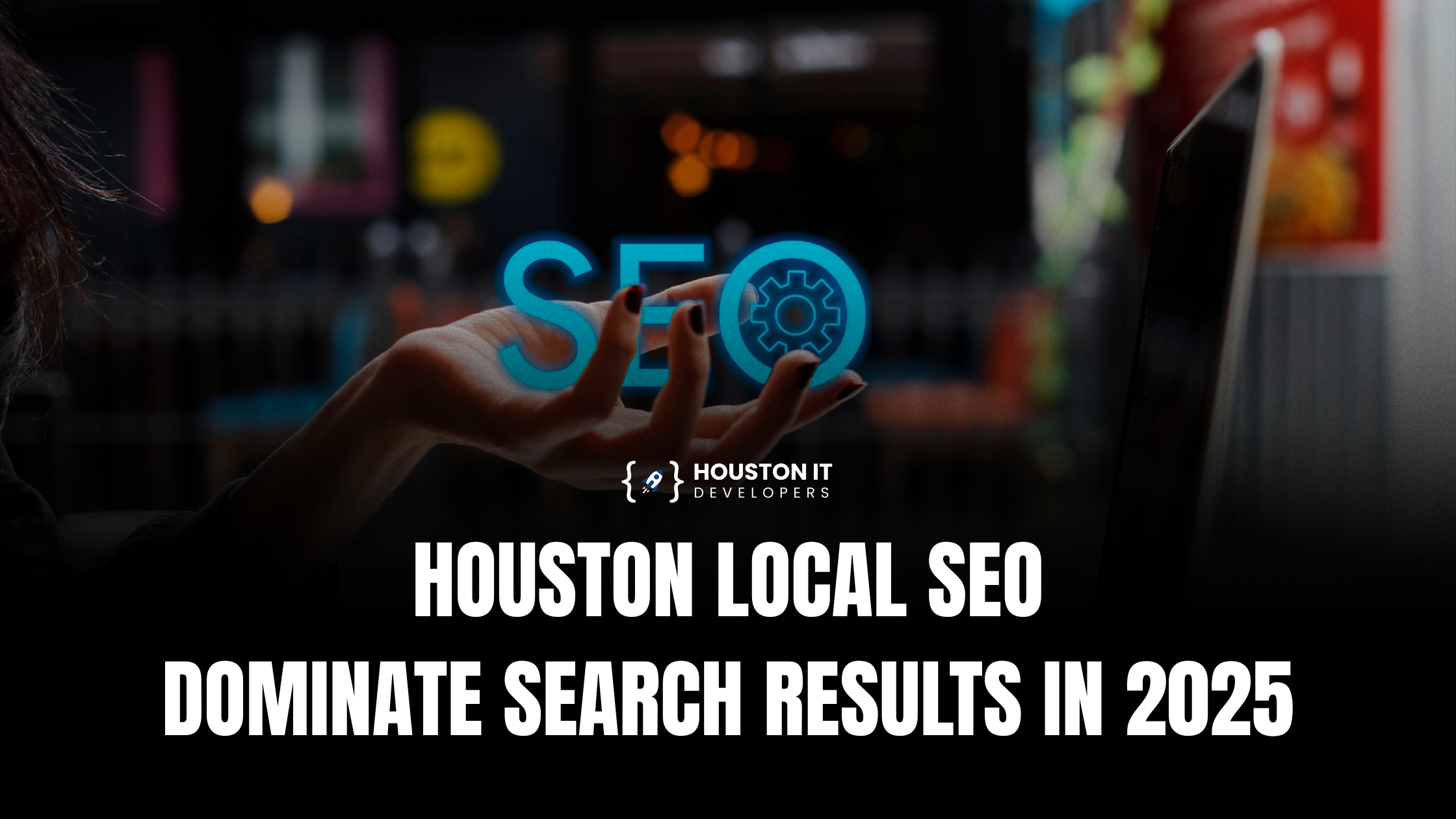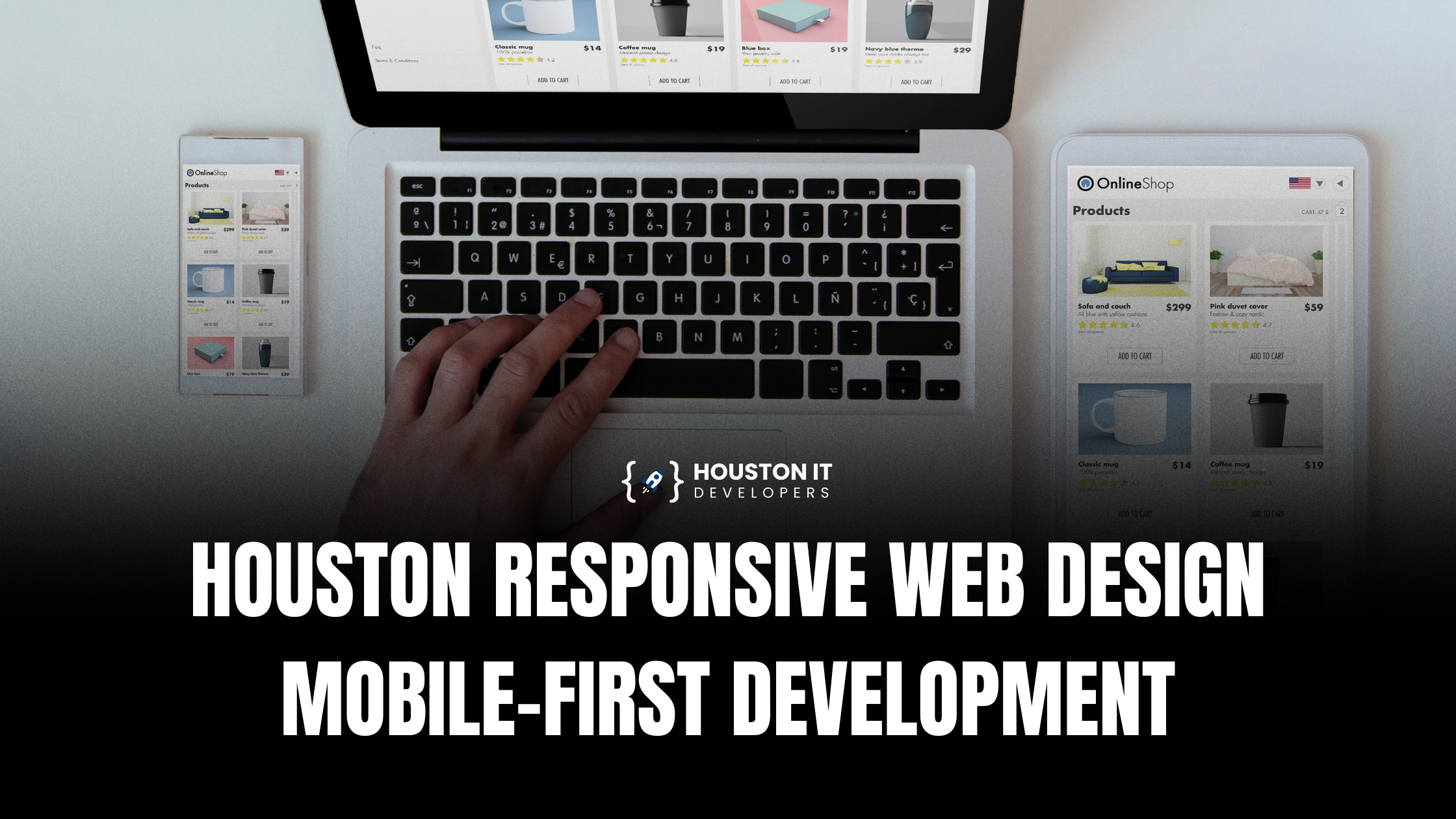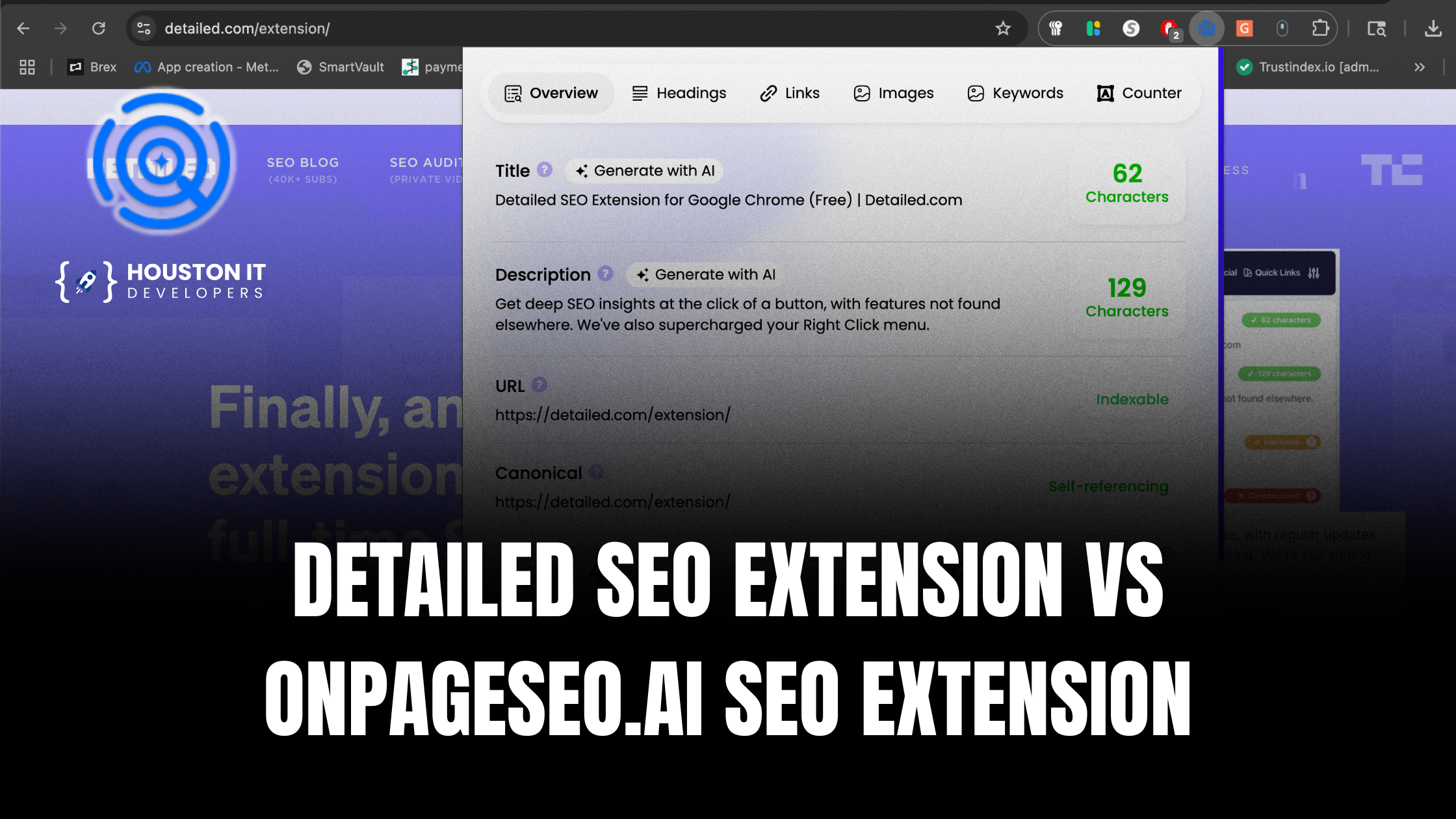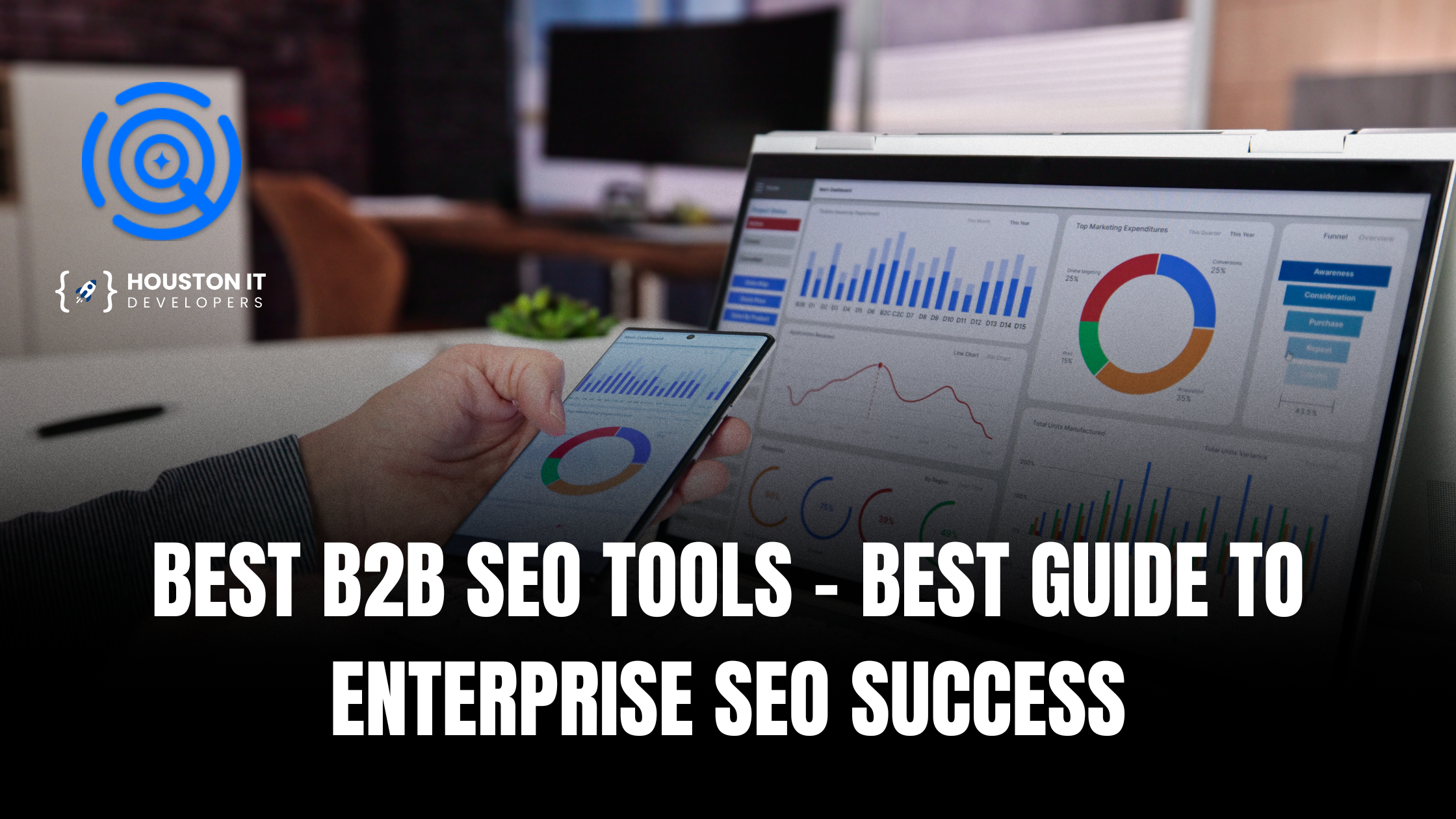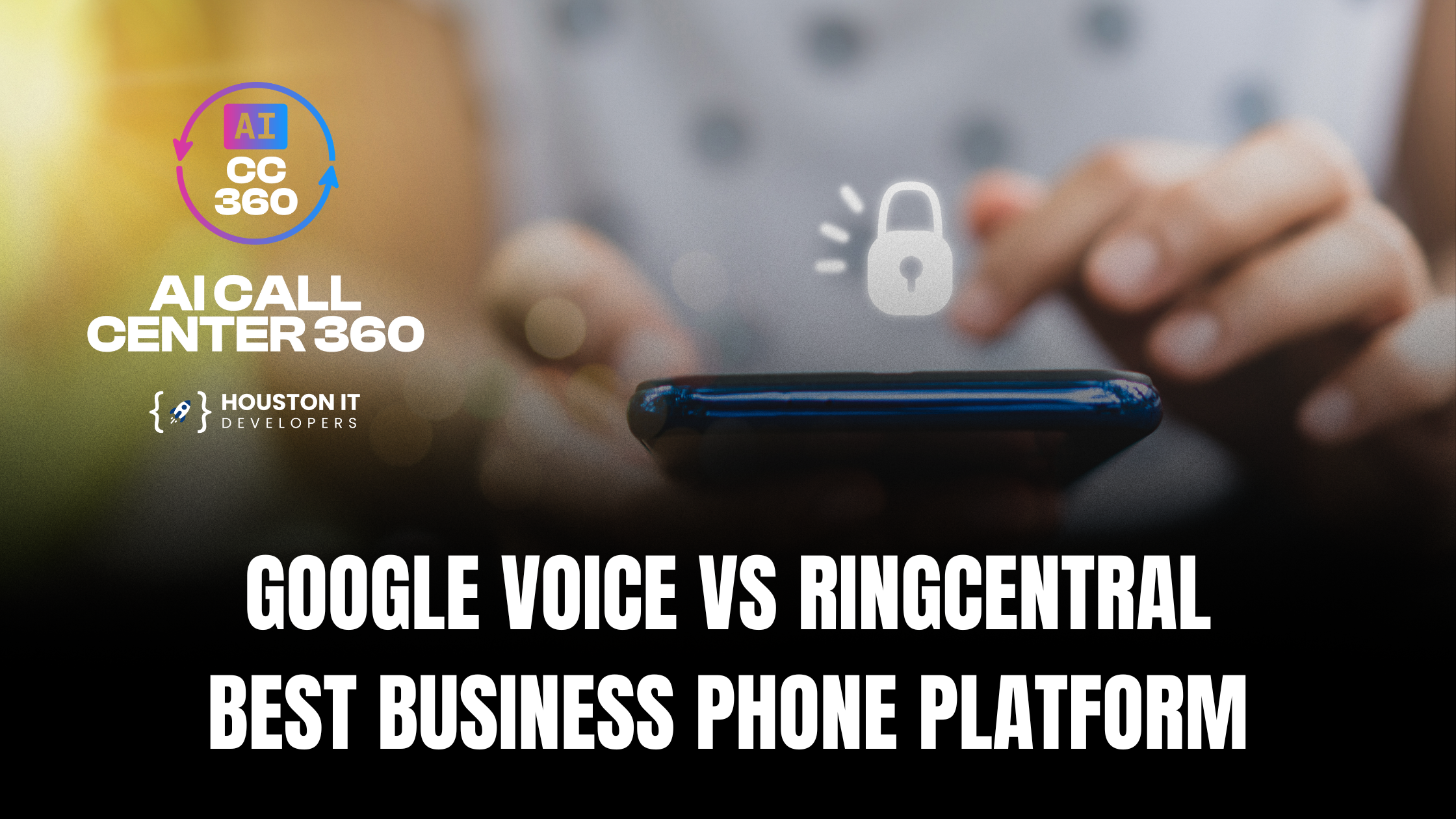Unlike B2C, B2B business is a bit more complex. The sales funnel is not a short process and it takes longer for a prospect to convert into an actual paying customer. For this reason, B2B businesses require advanced online strategies such as a user-friendly e-commerce website design, strong SEO techniques, and good marketing strategies.
When it comes to a B2B e-commerce store, the main objective it serves is to make the business more visible and gradually convert the leads into loyal customers by educating, informing, engaging, and inspiring the buyers. Hiring the best e-commerce website design and development service will ensure a good e-commerce website design including better visibility.
Let’s see six ways to take your B2B e-commerce store to the next level to ensure your website traffic converts from leads to sales.
1. Improve the on-search functionality of your B2B e-commerce store
B2B and B2C have different objectives and so their marketing strategies differ in on-search functionality. B2B businesses use industrial terminologies in their marketing copies to make connections with potential business partners. Whereas B2C companies use simple, relatable language to connect with potential customers. The intended audience of B2B marketers is multiple decision-makers, usually the managers and directors of the technical and financial team.
71% of commercial buyers do their research on Google before making a decision. So, it has become much more relevant to create high-quality web content to increase your brand’s visibility in your customers’ searches.
In B2C marketing, the content is based on emotions. But in B2B, it is based on practicability and is not necessarily to generate leads right away. Your aim is to educate the customers, demonstrate your potential, and build demand for your products.
The sales funnel in B2B marketing is much longer. Your potential customers will be involved in multiple stages of the buying process before an actual sale is completed. Hence, your goal is to meet the needs of the customers no matter what phase of the buying process they’re in. Here are some ways in which you can improve your B2B e-commerce store search functionality-
- Research high-volume keywords and insert them into the website content.
- Keep an eye on your competitor’s website and see which keywords they rank for.
- Write meta titles and descriptions with keywords for each page of your e-commerce store.
- Use blog posts offering a detailed explanation of the product, benefits, and uses.
- Constantly update blogs with types of products and services available to your customers.
- Create landing pages with clearly defined call-to-action to turn web traffic into sales leads.
- Include images and videos of products and services.
- Include various resources to know about the product or services such as downloadable e-catalogs.
- Give options for a demo or free trial.
The goal of your search campaign is to generate sales and increase revenue. However, most products in the B2B space are not acquired online. So your goal is not to make a sale immediately but, instead, to drive conversions that will eventually lead to a sale.
2. Adopt personalization to give B2B buyers what they want
In a B2C online business, the concept of personalization is pretty simple. It is creating personal interactions and shopping experiences for the customers based on their demographic, intent, browsing history, previous purchases, and device usage. The same can be applied to B2B e-commerce stores and it has been proved to be useful as the business customers are usually crunched for time.
Let’s see how you can incorporate personalization into your B2B e-commerce website-
- Give your prospect relevant information in the form of explainer videos, specification sheets, eBooks, whitepapers, demos, webinars, and tutorials.
- Optimize your website for searches and visibility.
- Make the repeat purchase easy with an order feature to allow the buyer to request the same item repeatedly.
- Offer personalized pricing and products through product recommendations, upselling, and cross-selling.
- Make the checkout process simple by making the shopping cart or invoice shareable.
- Segment the customers based on their buying and browsing history, personal interests, and click initiatives to deliver personalized marketing content.
B2B buyers want a safe and well-informed purchasing experience. Personalization achieves this goal for you.
3. Ensure B2B e-commerce website design optimization
Your e-commerce store is the first point of virtual contact for your potential customers. It is a crucial tool in your inbound marketing strategy. Your B2B website should be designed first and foremost to generate leads.
- 53% of internet users abandon a site that takes more than 3 seconds to load. So make sure to check your website’s loading speed and take corrective action for it to load faster.
- 80% of the B2B buyers use mobile phones to access the internet even at work. So your website has to be mobile-friendly and responsive.
- Lastly, your e-commerce website design should give users great browsing and shopping experience. The tip is to keep the store design simple and clutter-free. Make it easier to navigate and keep the visuals appealing to your customers.
We suggest you hire the best e-commerce website design and development services for a good website UI/UX design that can significantly improve the visibility of your website in search engines and increase the conversion rate.
4. Strategize your social media marketing to get traffic to your e-commerce store
A lot of B2B businesses tend to overlook the benefits of social channels. Even though it is popular for B2C, the right creativity and content on social media can bolster your marketing strategy. 83% of the B2B marketers have found social media platforms to be beneficial second to search engine marketing. LinkedIn is the preferred channel for B2B businesses followed by Twitter, YouTube, and Facebook. You can use social media to offer content such as-
- Product usage tips
- Industry news
- Pain point solutions
- Product/service updates
- Show customer testimonials
- Include links to case studies
- Video testimonials
- Links to instructional videos
Take care not to overdo your sales pitches. Instead, design your content to inform, educate, and engage the followers and direct people to your B2B e-commerce store.
5. Consider PPC campaigns to gain website visits
It’s challenging trying to figure out if it is worth investing in paid campaigns especially since these are more catered towards shorter buyer journeys than in the B2C world. But, it can be effective even for B2B businesses if done properly.
Use a combination of Google’s Display Network and ad placements on online industrial publications to help build awareness of your company and its products. The goal is to make the maximum impressions and it doesn’t matter if you cannot see the direct results in terms of leads generated.
When spending for keywords, use transactional search terms that indicate a certain level of intent to buy. For example, if you are selling email marketing software, target this keyword instead of a broader search word like “email marketing”. The volume for “email marketing software” may be lower comparatively and you may even not spend your budget, but it is okay because betting on the transactional search term will get you leads. You can use the broader search keywords in blogs on your website instead of in PPC campaigns.
The B2B buyer journey is usually long. It can take time to see leads attributed to your paid campaigns. But once it starts, it’ll cover up your paid campaign costs pretty quickly.
6. Map out an omnichannel commerce strategy to reach customers where they are
Today, buyers prefer to use a mix of channels in the buying process. They may use video calls, phone discussions, emails, web portals, and even social media as they move through the stages of the sales funnel. With so many channels open for the buyers, B2B businesses must recognize the fact that it is possible to reach prospects in many ways online. This means marketers need to think in terms of omnichannel when they plan their customer acquisition and retention strategies. They have to prepare content and marketing strategies for various channels as well as stages in the sales funnel with a focus on what the customer want.
Address the omnichannel challenges proactively. Use segmentation to find the perfect fit of channels, customers, and products. Segment the distributors, suppliers, managers, and others based on interaction preference, average order size, purchase frequency, and expected lifetime value. Some of the key requirements to have a successful omnichannel presence are-
- Multiple data sources to track customer behavior, preferences, and interests.
- Accurate tools for data analysis
- Customized lead lists to support digital marketing campaigns
- Right investment in technology (hardware and software)
- Strong connection between sales marketing and IT
- Automation tools for sales, marketing, and finance.
Getting your omnichannel marketing strategy right is challenging, but it’s worth the effort to increase customer satisfaction and reduce the churn rate.
Final Thoughts
The fact remains that B2B buyers are more demanding and they are constantly looking out for alternatives. Improving your B2B e-commerce store to satisfy your buyers is non-negotiable if you are to stay relevant and ahead of the competition.
The key to growing your B2B business online is to cater to your buyers’ needs. There’s a lot you can achieve from your e-commerce website design. And there’s more you can complete with website optimization and SEO. The faster you accomplish it, the better your scope of increasing your e-commerce sales.
At Houston IT Developers, we understand how crucial it is for a B2B business to stay relevant and searchable online. We offer the best e-commerce development services to improve your website’s visibility, meet the expectations of the buyers and enhance their experiences. Get in touch with us today.


